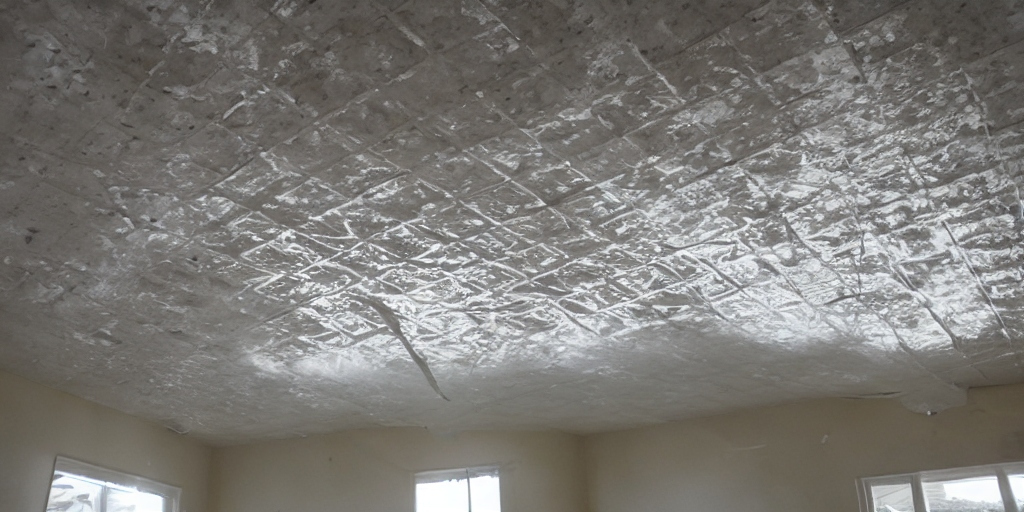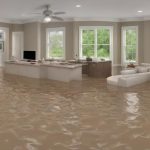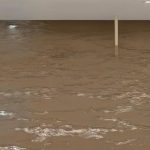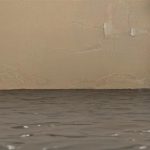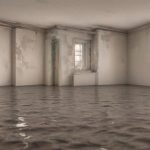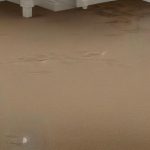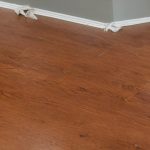Water damage is a common issue homeowners face, and one of the most troubling manifestations of this problem is water damaged ceilings. Whether it’s due to a leaking roof, burst pipe, or other sources, water damage can wreak havoc on ceilings, leading to unsightly stains, peeling paint, and even structural issues. In this guide, we’ll delve into the intricacies of water damaged ceilings, from identifying the source of the problem to executing effective repairs and preventive measures.
Identifying the Source of the Leak
The first step in addressing water damaged ceilings is to pinpoint the source of the leak. While some leaks may be obvious, such as those caused by overflowing sinks or burst pipes, others can be more elusive. Poorly ventilated areas like kitchens, bathrooms, or laundry rooms can result in condensation buildup on ceilings, mimicking the appearance of leaks. Installing exhaust fans or dehumidifiers can help mitigate this issue.
When dealing with an active leak, it’s crucial to contain the water by placing buckets or tarps underneath the affected area. Additionally, exercise caution if the leak involves electrical wiring, as water can pose a safety hazard. Shut off power at the breaker box and avoid drying wet wiring by hand.
Also Read: Restoring Peace of Mind: Water Damage Restoration in Mesa AZ
Strategies for Locating Leaks
Several strategies can aid in pinpointing the source of a ceiling leak. One approach is to create an outline of the water stain or drip area using a pencil or chalk. A round outline may indicate a central source of leaking water, while a cone-shaped outline suggests a source at the narrow end, fanning outwards.
For more stubborn leaks, consider using a moisture meter to identify areas with the highest moisture levels, indicating the likely location of the leak. Inspecting the floor, attic, or roof above the ceiling can also reveal common sources of leaks, such as overflowing fixtures, damaged pipes, or clogged gutters.
Repairing the Damage
Once the source of the leak has been identified and addressed, it’s time to repair the water damaged ceiling. The extent of the damage will determine the appropriate course of action. Minor discolorations may only require repainting after ensuring that all moisture, mold, and mildew have been removed.
For larger areas of damage, the following steps may be necessary:
- Remove Damaged Materials: Use a drywall saw to remove any damaged drywall or insulation, ensuring that the area is completely dry to prevent mold growth.
- Prepare for Replacement: Cut back the drywall to the closest joists and attach 2- x 4-inch boards along the joists to provide a surface for the replacement drywall.
- Install Replacement Drywall: Cut a new piece of drywall to fit the gap and use drywall screws to attach it to the ceiling.
- Finish and Paint: Once the replacement drywall is in place, prime and paint the ceiling to restore its appearance.

Cost Considerations and Pro Tips
Repairing water damaged ceilings can vary in cost depending on factors such as the extent of the damage, the type of ceiling material, and the size of the affected area. On average, repair costs range from $45 to $55 per square foot, excluding the cost of addressing the initial leak.
When repairing a damaged ceiling, consider taking the opportunity to upgrade ceiling fixtures or repaint the room for a refreshed look. Additionally, proper insulation and waterproofing measures can help prevent future water damage, saving you time and money in the long run.
Preventive Measures and Conclusion
To prevent water damage to ceilings, it’s essential to address underlying issues such as leaking pipes, damaged roofs, or high humidity levels. Waterproofing attics and basements, improving ventilation, and maintaining gutters can all contribute to protecting ceilings from water damage.
In conclusion, water damaged ceilings pose significant challenges for homeowners, but with proper identification, repair, and preventive measures, it’s possible to restore them to their former glory and safeguard against future issues. By understanding the causes of water damage and implementing effective solutions, homeowners can maintain the integrity and aesthetics of their ceilings for years to come.
Also Read: Water Damage Restoration Tampa: Restoring Homes and Businesses in Central Florida
Water Damaged Ceiling: A Troublesome Dilemma
Water damaged ceilings are not just unsightly; they can also indicate underlying issues that require immediate attention. Whether it’s a small water stain or extensive damage requiring drywall replacement, addressing water damage promptly is essential to prevent further deterioration and costly repairs. With the insights provided in this guide, homeowners can navigate the complexities of water damaged ceilings with confidence, restoring their homes to optimal condition and peace of mind.
